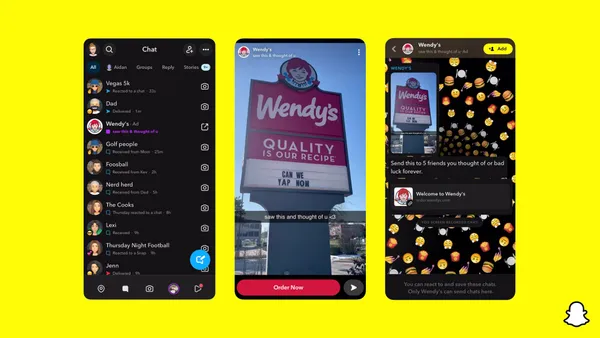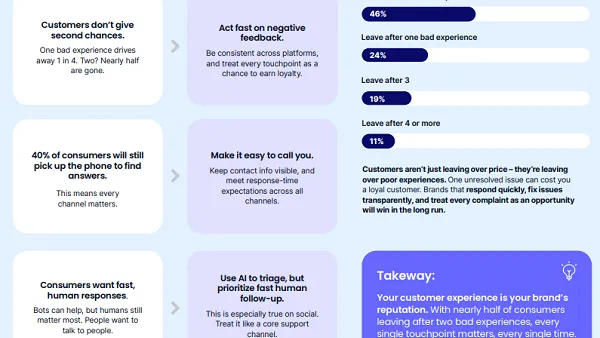Dive Brief:
- Facebook is changing the way it ranks videos in the news feed algorithm, per a company news post.
- One of the signals Facebook uses to rank videos is percent completion and that signal previously unintentionally penalized longer videos. The revamped signal weights completion percentage more heavily the longer the video effectively removing the accidental penalty.
- One immediate consequence of the move is longer videos will be more likely to appear in news feeds and shorter videos could see a drop in news feed distribution, although Facebook said it expects the change to be slight.
Dive Insight:
While marketers will possibly see some adjustment to how different videos are seen in news feeds in the short term, overall the change could make marketers more confident in creating videos of different lengths, including longer videos, and focusing on the message and not the length.
As more videos are watched on digital platforms like Facebook, marketers have an opportunity to break away from the confines of what have been fairly strict standards around what length a video should be. While there has been a lot of focus on short videos running no more than 15 seconds because of their appeal to on-the-go mobile users, Facebook clearly wants to ensure that longer videos aren't penalized. Under Facebook's old signal, if someone ended two separated videos after two seconds, a 30-second video would score much higher under completion percentage than a three-minute video even though the user expressed the same level of disinterest.
The fact that Facebook is taking a closer look at how longer videos are ranked is in keeping with reports the social media giant is interested in buying its own longer form content.
The Facebook news post pointed out that Page managers should focus on creating video content that is relevant and engaging to their audiences and that “the best length for a video is whatever length is required to tell a compelling story that engages people, which is likely to vary depending on the story you’re telling.” The post also advised checking video insights in Page Analytics to get insights into how videos are performing.














